|
Fillmore History: “Bridging the Gap”
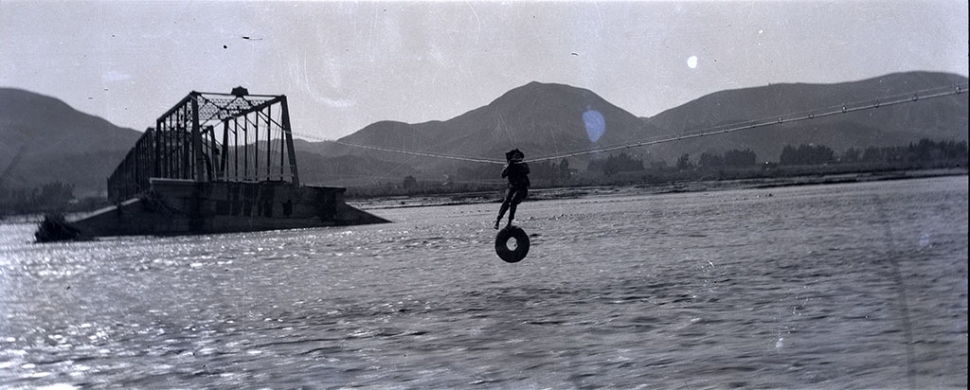 1938 Crossing Santa Clara River. By Anonymous — Wednesday, January 13th, 2021
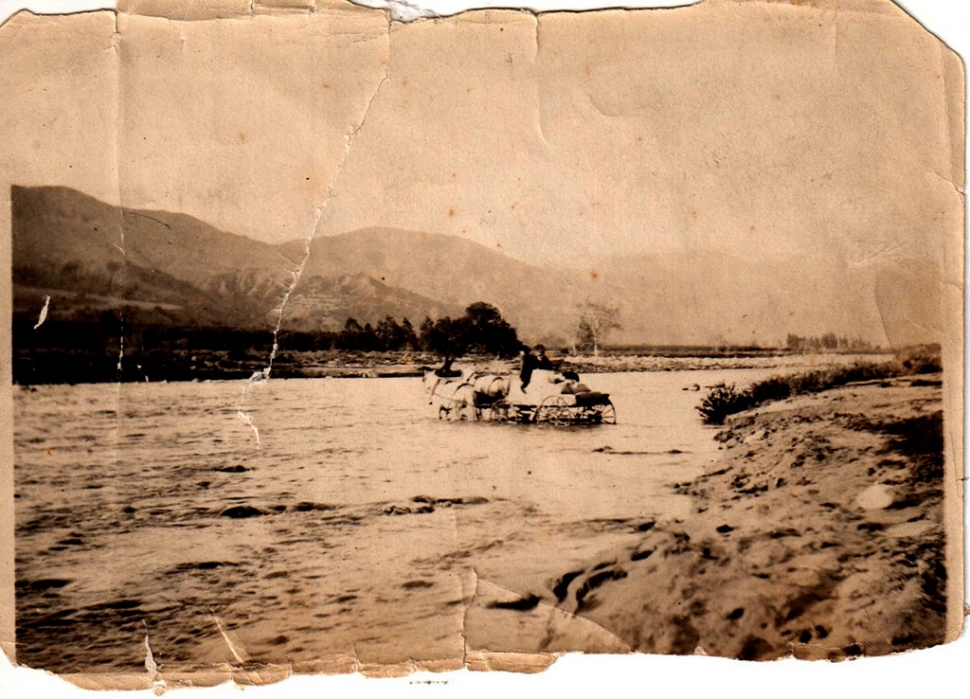 Circa 1905 crossing the river the hard way. 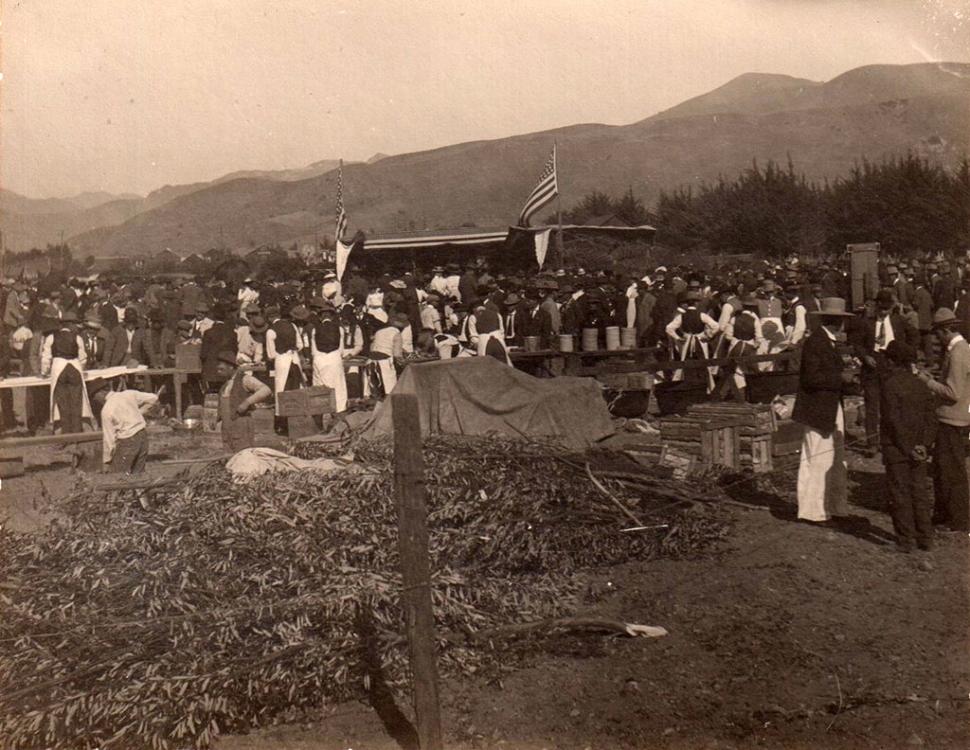 1909 picnic celebrating the opening of the Bardsdale Bridge. 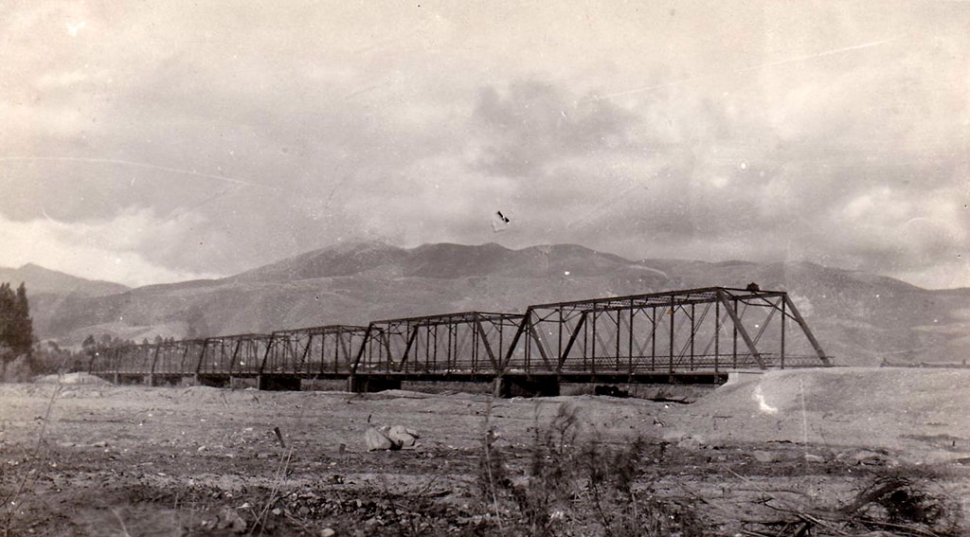 1910 Bardsdale Bridge. 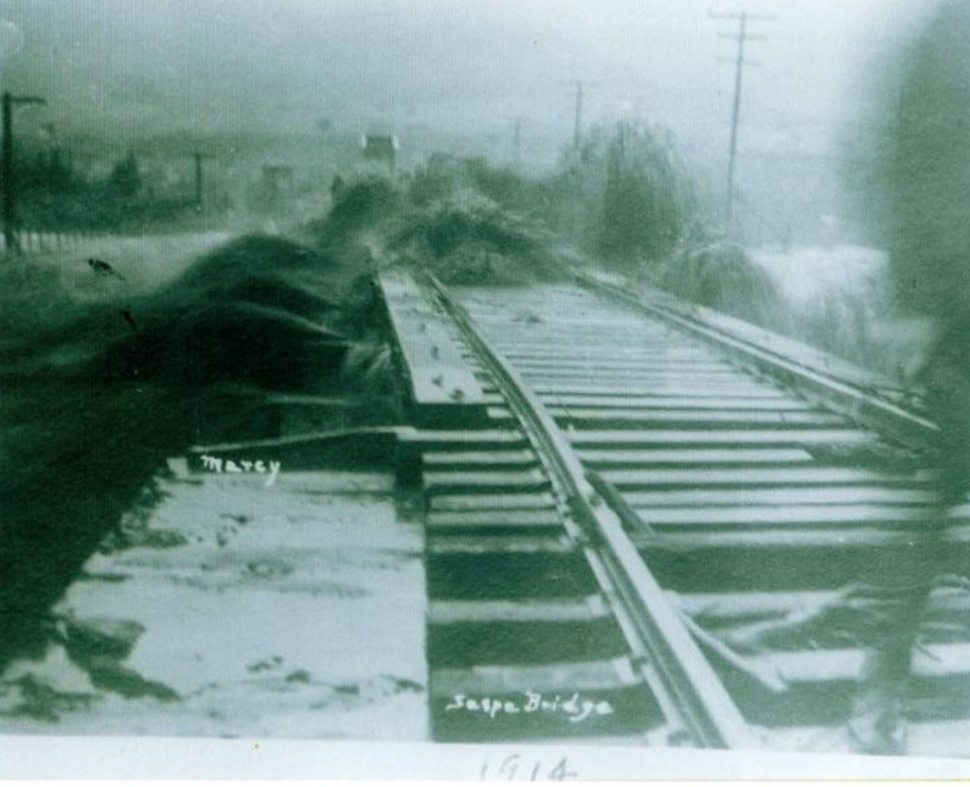 January 2nd 1914 approach to Sespe Railroad Bridge. 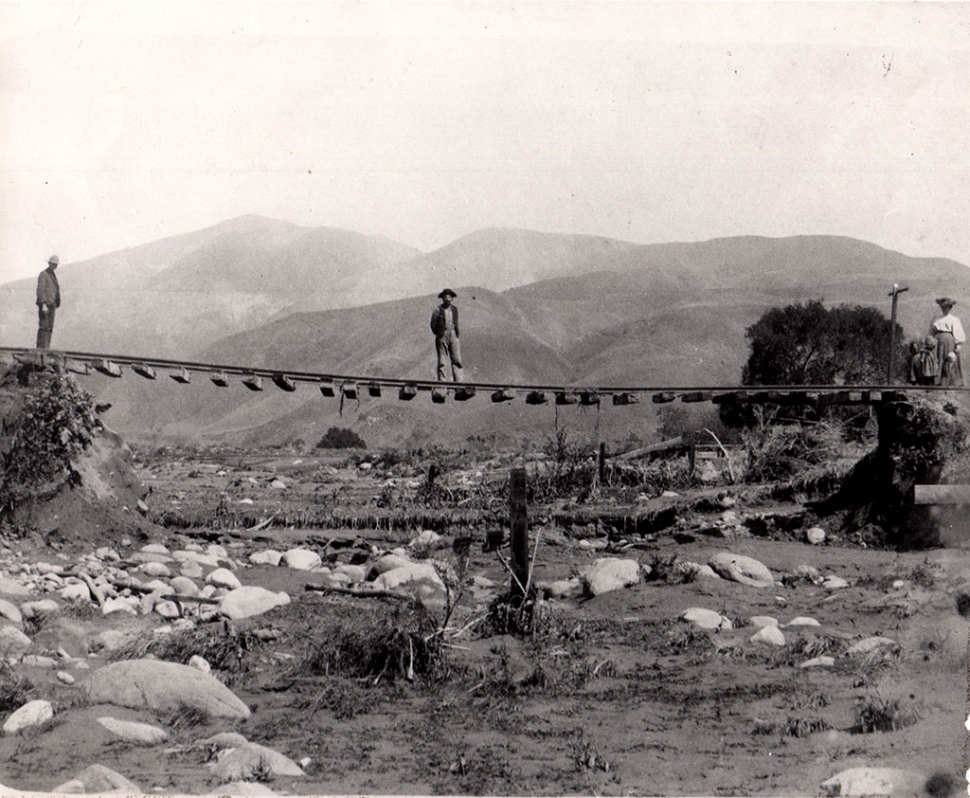 1914 remains of Sespe Railroad Bridge approach. 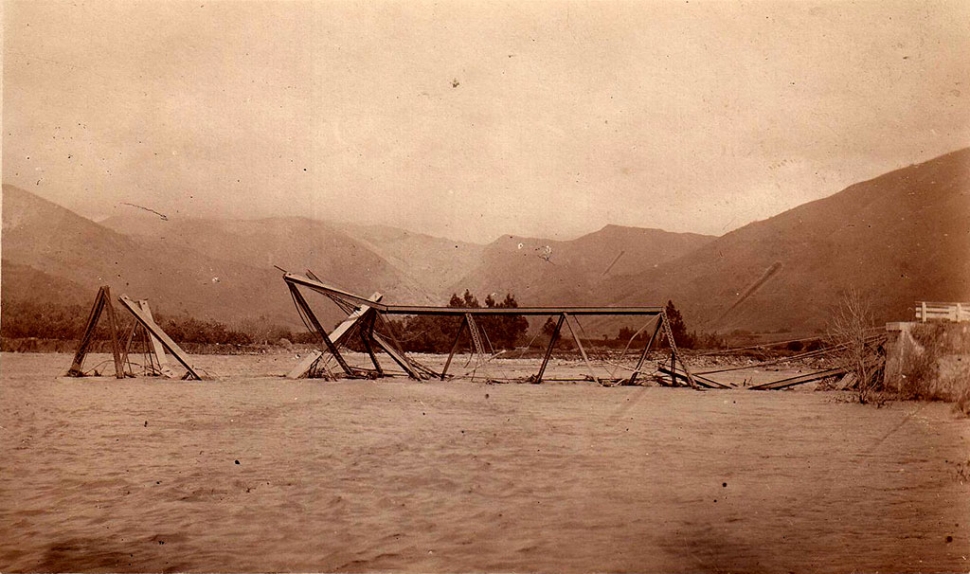 1914 remains of the Muir Street Bridge. 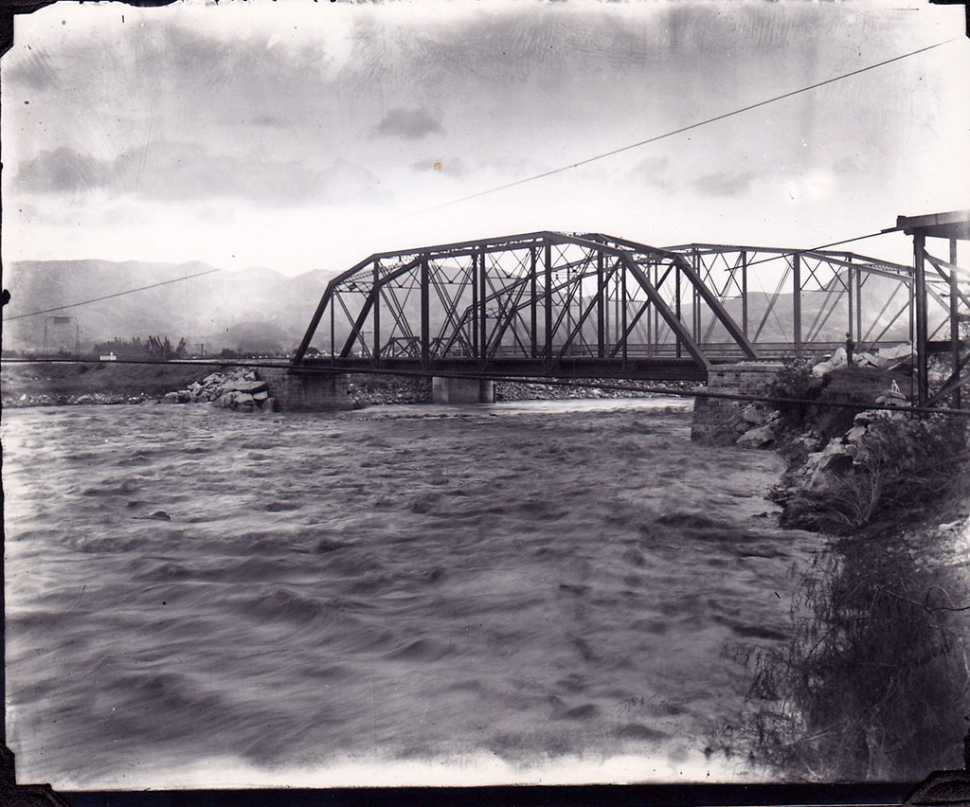 1914 Sespe bridges before collapse. 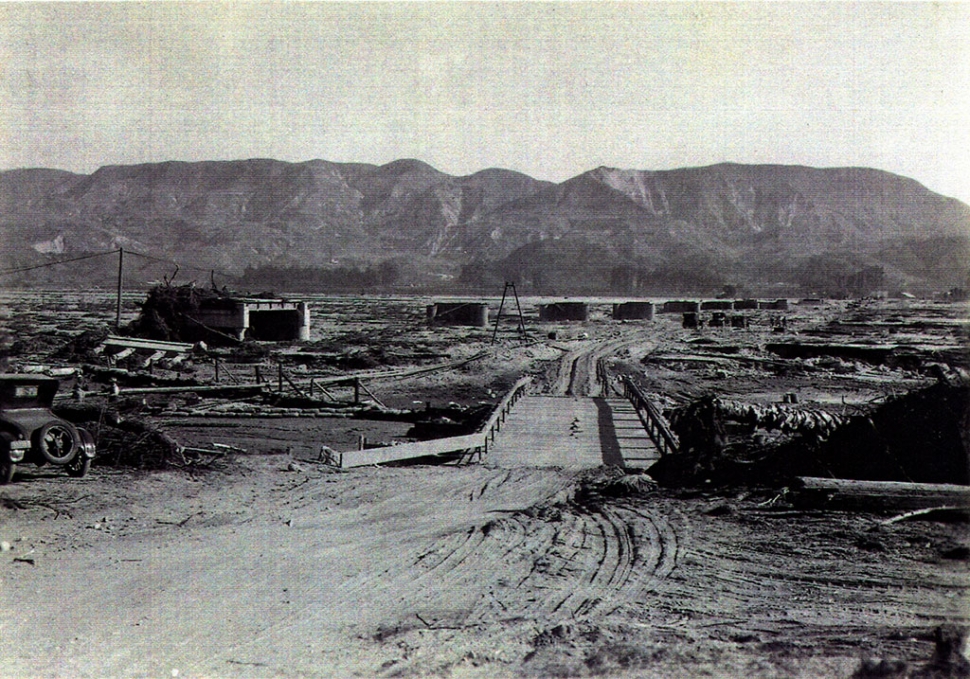 1928 remains of the Bardsdale Bridge. 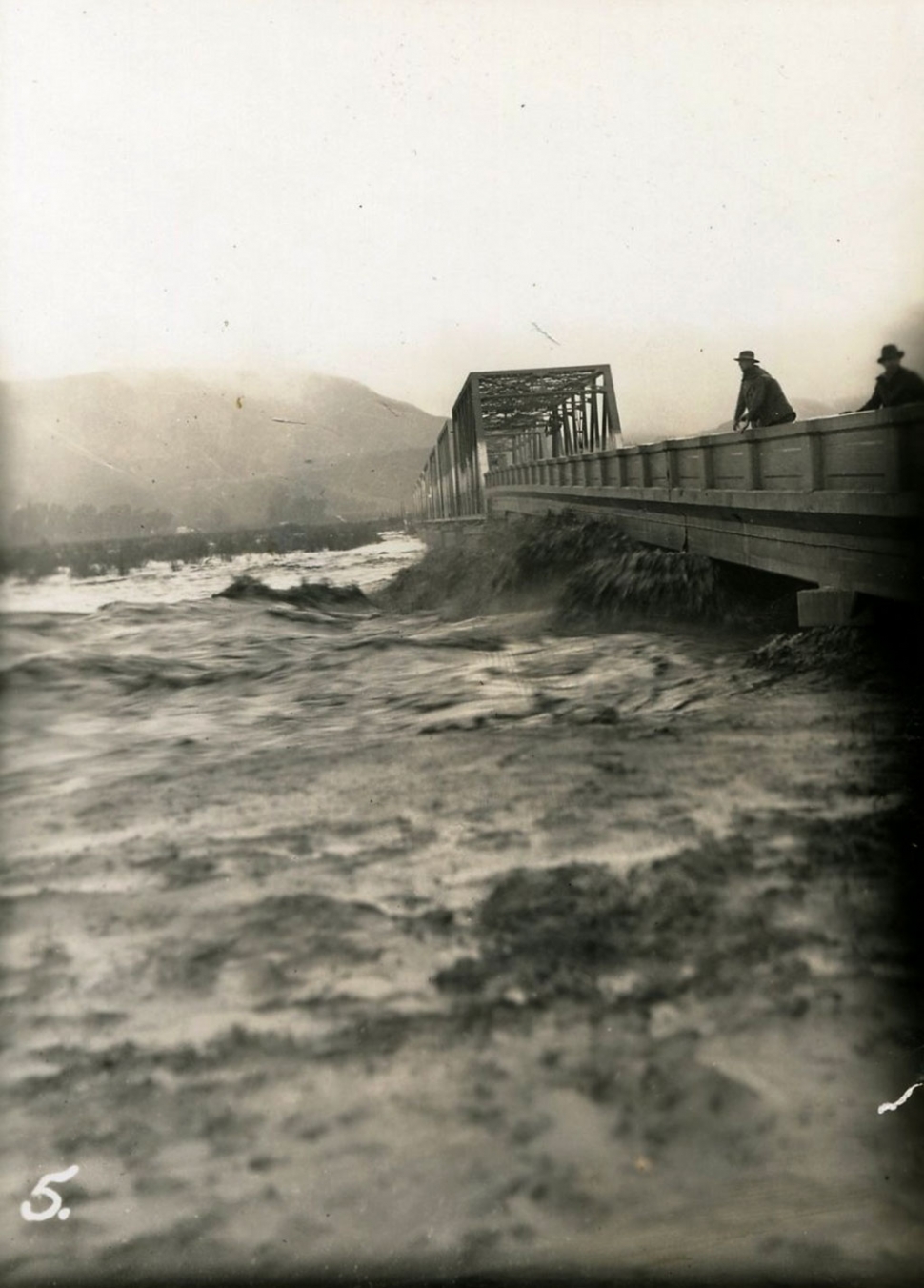 1938 Bardsdale Bridge before north end collapsed. 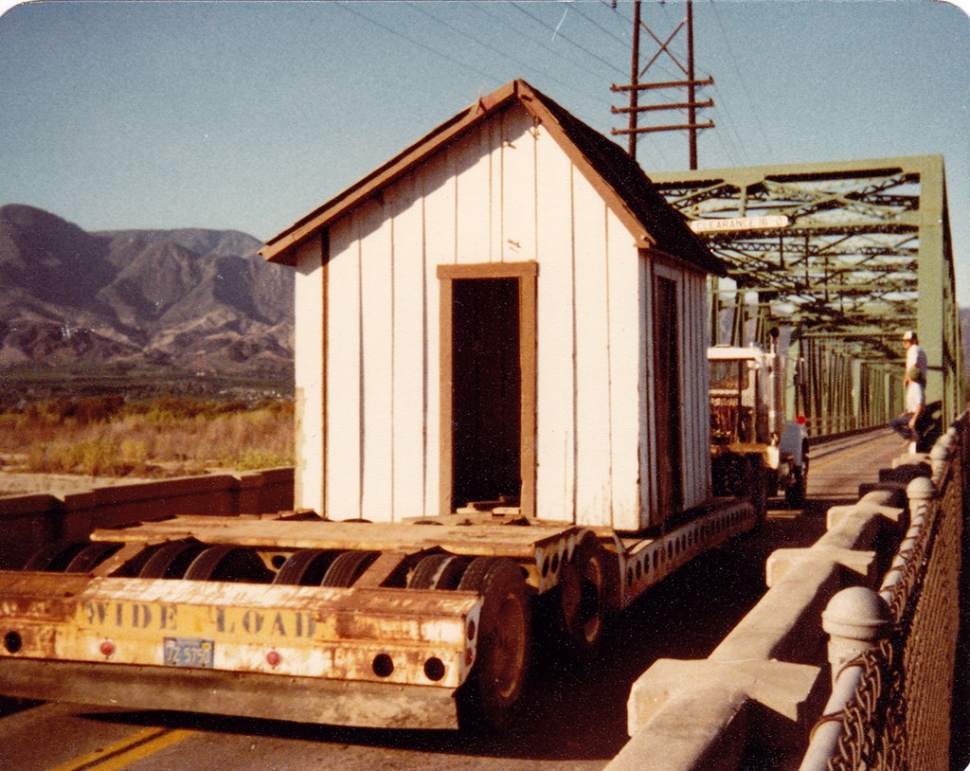 1982 moving the Bardsdale Post Office over the 1938 Bardsdale Bridge. Courtesy Fillmore Historical Museum Before Fillmore or Bardsdale were established the main centers of population were on Rancho Sespe along the Sespe and Santa Clara Rivers and Rancho Camulos along the Santa Clara River just east of Piru Creek. In order to shop for the necessities of life, families took the wagon road to Santa Paula or Ventura or crossed the Santa Clara River where one could join the existing dirt road to Los Angeles. Needless to say one didn’t make the two day trip to Los Angeles unless it was necessary. Rain in the winter would have made this trip treacherous. Even in the summer the Santa Clara River was a continuously flowing stream fed by a multitude of small creeks. Crossing by horse or wagon was difficult and dangerous because of the running stream and quick sand. The arrival of the railroad in 1887 made trips to the city much easier as Southern Pacific built bridges across all the streams and the Sespe River. The two day, one way, trip to Los Angeles could now be done in a day. It was a giant leap forward in communication via telegraph and travel via railcar. But crossing the Santa Clara was still a problem. Developer, Royce Surdam, was selling property in Bardsdale south of the Santa Clara River. He would pick up potential buyers at the train station in Fillmore and take them by buggy or in an 18 passenger carriage across the river to view property for sale. Crossing the Santa Clara remained a problem until about 1908. That year, C.C. Elkins found himself trapped on the north side of the river unable to get to his home on the south side of the river because of the high water. It was one of those storms when the Santa Clara River was running nearly bank to bank. Elkins, with several Fillmore residents, fed up with the situation made the trip to Ventura where the Board of Supervisors was in session. Elkins, dressed in his dirty blue overalls and work shirt was asked by the group to be their spokesman. When it was his turn to speak he told the Supervisors that the river stood between him and his clean clothes but that was just the smallest of the issues. The river posed serious problems year round with access between Fillmore and the south side of the valley. In January, 1908, the Basolo and Armstrong families had tried to cross the river through the rolling stream. Their wagon box filled with water and the young Armstrong son was swept into the raging water. Armstrong was able to save his son but the wagon, its contents and horses were still in danger. Soon Minnie Basolo and Bill Elkins showed up to help and rescued the wagon and families with extra horses, chains and ropes. The men had to swim under the wagons to attach the chains in order to salvage the rig. After the near disasters of January, 1908, and the requests from Elkins and other Fillmore and Bardsdale residents, the Supervisors finally agreed to have the bridge built. It opened with a gala celebration on November 23, 1909. Four thousand people showed up to celebrate. Each was presented with a button that proclaimed “All Roads lead to Fillmore. Meet me there.” But bridges didn’t always last. In 1914 the approach and part of the structure of the Bardsdale Bridge was washed away as were the Sespe railroad bridge and the Muir Street car bridge. In a short time the railroad bridge was replaced and the Muir St. Bridge was replaced with a new one built closer to the railroad bridge. In 1928, the entire Bardsdale Bridge superstructure and floor disappeared when the St. Francis Dam failed and sent a 40’ wall of water down the Santa Clara River. Construction began that year on a replacement bridge using the remaining piers for support. In 1938, flooding washed away the north approach to the Bardsdale Bridge. At first a bosons’ chair was slung across the river for access, one person at a time. Within weeks a swinging bridge was constructed for pedestrian traffic. The local Chamber of Commerce kept a car and driver at the north end of the swinging bridge providing transport for those who needed to shop in town or conduct other business. The new approach piers were finished by June, 1939. By 1993, the 1928 structure over the Santa Clara was described as too narrow and too “risky.” In the 1950s and 60s there had been a sign on each end declaring that it was a “one way bridge for trucks and buses”. By 1993 that warning was gone and crossing the bridge was a nerve-racking adventure if a semi-truck or a bus was coming from the opposite direction. At a width of only 10 feet for each lane, it was too narrow for modern cars and trucks. Accidents were commonplace. With the finish of the new modern bridge in 1994, the old, green, 1928 bridge superstructure was purchased by the city and moved to a storage location on the north side of the river near the Pole Creek outlet. There it sat for years as the city tried to find it a new home. You could see it every now and then as the setting for a movie or commercial. Finally with construction of the new subdivision it was repurposed as the Mountain View entrance to “The Bridges.” Two parts of the superstructure are at the Mountain View entrance and two additional parts are now south of the new traffic light on the east end of Fillmore at the entrance to Heritage Valley Grove. The old green bridges now serve the community in a new safer way and are a reminder of what used to be the most dangerous crossing in the county. |
